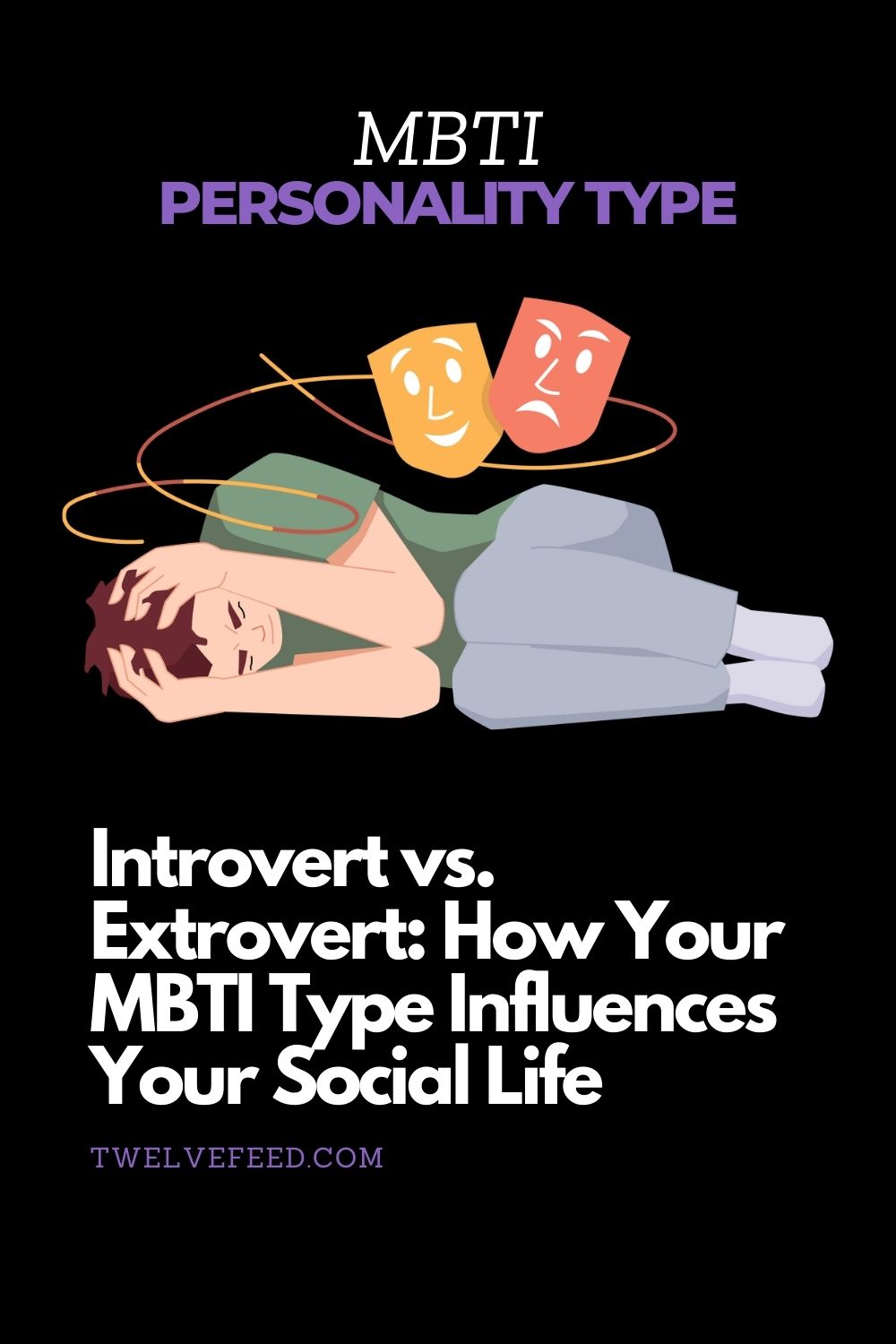
Introvert vs. Extrovert: How Your MBTI Type Influences Your Social Life
Personality plays a pivotal role in shaping how we interact with the world, and one of the most widely recognized frameworks for understanding personality is the Myers-Briggs Type Indicator (MBTI). At the heart of the MBTI lies the distinction between introversion and extroversion, two fundamental dimensions of personality that influence how individuals recharge, communicate, and navigate their social lives. Whether you identify as an introvert, an extrovert, or somewhere in between, understanding your MBTI type can provide valuable insights into your social preferences and behaviors.
The Basics of Introversion and Extroversion
Introversion and extroversion are not just about being shy or outgoing; they reflect deeper differences in how people process information and draw energy. Introverts tend to focus inward, finding energy in solitude and deep, meaningful conversations. They often prefer smaller social gatherings and need time alone to recharge after social interactions. On the other hand, extroverts are energized by external stimuli, thriving in lively environments and enjoying the company of others. They tend to be more outgoing and expressive, often seeking out social opportunities to feel invigorated.
These traits are central to the MBTI, which categorizes individuals into 16 personality types based on four dichotomies: Introversion (I) vs. Extroversion (E), Sensing (S) vs. Intuition (N), Thinking (T) vs. Feeling (F), and Judging (J) vs. Perceiving (P). The introversion-extroversion spectrum is the first of these dichotomies and sets the tone for how individuals approach their social lives.
How Introverts Navigate Social Situations
For introverts, social interactions are often more about quality than quantity. They may prefer one-on-one conversations or small group settings where they can engage deeply with others. Introverts are often thoughtful listeners and tend to think before they speak, which can make them excellent friends and confidants. However, large social gatherings or frequent socializing can feel draining, leading introverts to seek solitude to recharge.
In the context of the MBTI, introverted types like INFJ (The Advocate) or ISTP (The Virtuoso) may approach social life with caution, carefully selecting their social circles and prioritizing meaningful connections. They may also enjoy activities that allow for introspection, such as reading, writing, or pursuing creative hobbies.
How Extroverts Thrive in Social Environments
Extroverts, by contrast, are often the life of the party. They thrive in dynamic, interactive settings and are typically comfortable meeting new people and engaging in spontaneous conversations. Extroverts draw energy from social interactions and often feel more energized after spending time with others. They are often seen as approachable and enthusiastic, making them natural leaders and team players.
MBTI types like ENFP (The Campaigner) or ESTJ (The Executive) exemplify extroverted traits, often seeking out social opportunities and enjoying collaborative environments. Extroverts may gravitate toward careers or hobbies that involve networking, public speaking, or teamwork, as these activities align with their natural tendencies.
The Middle Ground: Ambiverts
While the MBTI categorizes individuals as either introverts or extroverts, many people fall somewhere in between, exhibiting traits of both. These individuals, often referred to as ambiverts, can adapt their social behavior depending on the situation. They may enjoy socializing but also value their alone time, striking a balance between the two extremes. Ambiverts can often navigate diverse social settings with ease, making them versatile and adaptable.
How Your MBTI Type Shapes Your Social Life
Understanding your MBTI type can help you better navigate your social life by highlighting your natural preferences and potential challenges. For example, an introverted type like INTP (The Thinker) might benefit from scheduling regular alone time to recharge, while an extroverted type like ESFJ (The Consul) might seek out social events to stay energized. Recognizing these tendencies can also improve your relationships, as it allows you to understand and appreciate the differences between yourself and others.
Moreover, knowing your MBTI type can help you identify environments and activities that align with your personality. Introverts might find fulfillment in smaller, more intimate settings, while extroverts may thrive in bustling, collaborative spaces. By embracing your natural inclinations, you can create a social life that feels authentic and fulfilling.
Conclusion
Personality is a complex and multifaceted aspect of who we are, and the introversion-extroversion spectrum is a key component of how we engage with the world. Whether you’re an introvert, an extrovert, or an ambivert, your MBTI type offers valuable insights into your social preferences and behaviors. By understanding and embracing these traits, you can build stronger relationships, navigate social situations with confidence, and create a life that aligns with your true self. After all, personality isn’t just about who you are—it’s about how you connect with the world around you.





